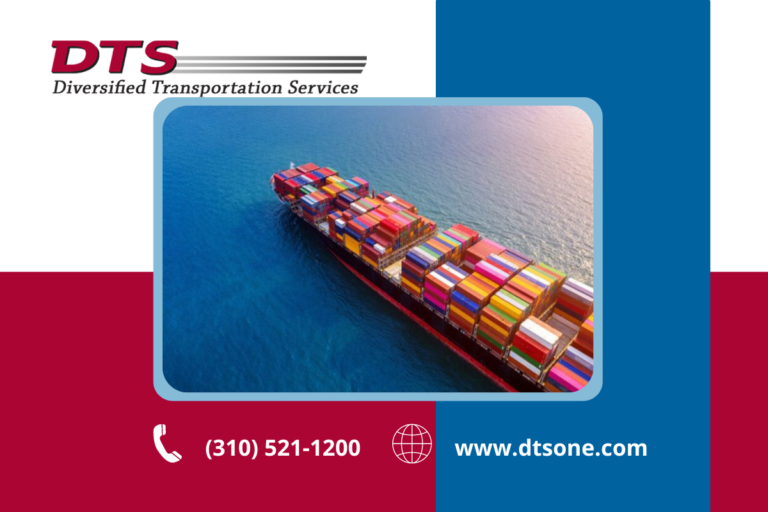
It’s hard to keep up with the advancement of technology. These innovative advances, from Bluetooth refrigerators to computer programming to robotic surgery components, are changing how we live, connect with others, and work our jobs. There are a million ways that technology has affected our lives and given us convenience.
However, with these advances, one thing remains the same through time: technology is fragile. While many tech companies have found ways to make their gadgets “waterproof” or “smash-proof,” these devices need extra cushioning and protection to prevent damage. As time progresses, more tech advances are gaining intelligence, but they’re declining in size, making it easier to ship but increasing the risks of theft and damage.
High-tech items have always been risky to ship, so they call for extra security. That’s why special packaging and services are in place; it increases the odds that the customer on the receiving end will be satisfied.
Our team at Diversified Transportation wants our clients to have the best resources so that your item can reach its location safely, no matter where it goes. We encourage you to keep reading about what to know about shipping high-tech items internationally and what you should consider.
When shipping electronics, choose your packaging with much thought and intention. This means you have to choose the best shipping method, packaging materials, and protective protocol. Having a line of defense for your items will increase the chances of them reaching their destination safely and scratch-free.
You should place your high-tech items in dust-free, anti-static, and moisture-free environments. This is because dust and excess moisture can damage your devices. It’s also best to place these items in climate-controlled packages in a temperature-controlled transport vehicle. Having these devices in tightly sealed and weatherproof packages will help to protect them from possible outside conditions during transportation. You should also have anti-static packaging to eliminate the chances of static electricity damaging the technology inside.
Consider using reusable packaging for your products to make returns easier for your customers. This way, it reduces your plastic usage and offers excellent customer service—giving your company extra brownie points for convenience!
If your electric devices have extra components, like remotes, cords, or batteries, you should wrap them separately. You should keep these items in their bags within the packaging to decrease the chances of damage. Adding extra protection within these bags, such as foam or bubble wrap, will help your items stay in place and protect them from wire shortage or theft.
However, you should consider investing in customized shipping boxes and packaging if your high-tech item has multiple components. Having special packing catered to your electronics will help to give your items extra protection and security.
When shipping items internationally, you have two options: by sea or by air. While ocean carriers are typically more affordable, reaching their destination can take much longer. On the other hand, air shipping is faster but can bust your budget if you’re not careful. It’s not easy to choose between fast shipping and staying within your budget.
It’s important to think about your industry, what you’re shipping, and the demand. High-tech items typically have a short shelf life because there’s always another update coming within a few months. With this short lifespan, companies try hard to push their products while they’re popular. If you ship older items for parts or nostalgia, ocean freight may be your niche. If you’re sending more advanced and newer things, you should consider shipping by air.
Another thing you should know about shipping high-tech items is the need for additional security methods. If you’re sending technology that needs extra security, is delicate, and may require help setting up, you should consider adding a white glove service. This service will improve customer satisfaction.
Internationally shipping your items requires extra steps and documentation that are optional for domestic shipping. Before you pack your things and make arrangements with your 3PL service provider, consider the following tips. This way, you can begin checking off the important steps and reduce the chances of customs holding your items.
Choosing the best mode of transportation for your international freight shipping strategy is essential. Why? Because it will help you make an accurate budget and provide your customers with the best service. It’s important that you find the best mode of transportation for your business. Consider your market, budget, margins, and product before choosing to ship by air or by sea.
When calculating your transportation budget, understand that several things determine your shipping costs, including:
You should also consider if your business offers free shipping or a flat rate. This will also determine how much you will pay out of pocket for your shipping service.
It’s crucial that you abide by country-specific rules when you’re shipping globally. If you’re not careful, you could unknowingly break the law, which opens another can of worms. So how do you know if your high-tech items are suitable for international shipping? It’s important to know that you may have to pay an extra fee or tax for your highly valued items. You must follow the country’s border customs rules and regulations to avoid issues.
You can’t ship the following items internationally:
Are you ready to ship your items internationally? At Diversified Transportation, we understand the hassle of shipping high-valued items and hoping that they arrive at their destination. We’re here for you if you’re looking for a reliable, high-quality 3PL service. We offer air and ocean shipping services for those looking to take their business to the next level. Contact us for more information about how we can ship your items effectively.

Whether you're a company looking to improve one facet of your supply chain, your entire supply chain, or simply looking for a transportation and logistics consultation, we can help.